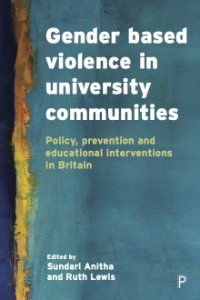By Anti-Defamation League Center for Technology and Society
How safe are social media platforms now? Throughout 2020 and early 2021, major technology companies announced that they were taking unprecedented action against the hate speech, harassment, misinformation and conspiracy theories that had long flourished on their platforms. According to the latest results from ADL’s annual survey of hate and harassment on social media, despite the seeming blitz of self-regulation from technology companies, the level of online hate and harassment reported by users barely shifted when compared to reports from a year ago. This is the third consecutive year ADL has conducted its nationally representative survey. Forty-one percent of Americans said they had experienced online harassment over the past year, comparable to the 44% reported in last year’s “Online Hate and Harassment” report. Severe online harassment comprising sexual harassment, stalking, physical threats, swatting, doxing and sustained harassment also remained relatively constant compared to the prior year, experienced by 27% of respondents, not a significant change from the 28% reported in the previous survey. ● LGBTQ+ respondents reported higher rates of overall harassment than all other demographics for the third consecutive year, at 64%. ● 36% of Jewish respondents experienced online harassment, comparable to 33% the previous year. ● Asian-American respondents have experienced the largest single year-over-year rise in severe online harassment in comparison to other groups, with 17% reporting it this year compared to 11% last year. This year, fewer respondents who experienced physical threats reported them to social media platforms than was the case the year before; these users also reported that platforms were doing less to address their safety. ● 41% of respondents who experienced a physical threat stated that the platform took no action on a threatening post, ● comparable to the 38% who had reported a similar lack of action the year before. ● 38% said they did not flag the threatening post to the platform, no statistically significant change from 33% the prior year. ● Only 14% of those who experienced a physical threat said the platform deleted the threatening content, a significant drop from 22% the prior year. ● Just 17% of those who experienced a physical threat stated that the platform blocked the perpetrator who posted the content, a sharp decrease from the prior year’s 28%.
New York: ADL, 2021. 46p.




